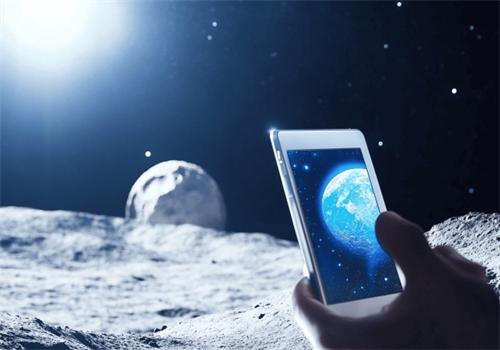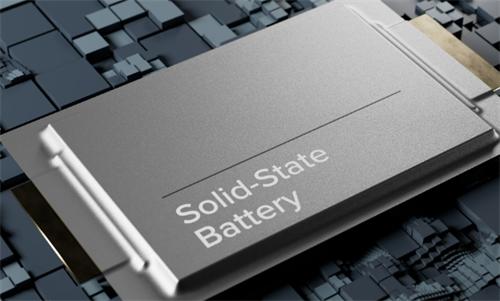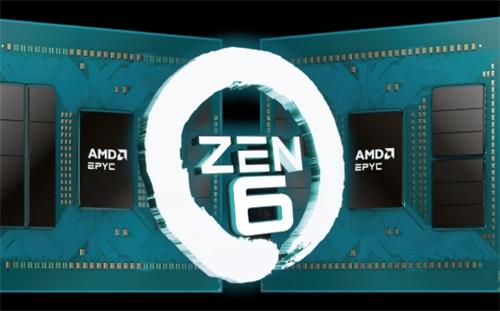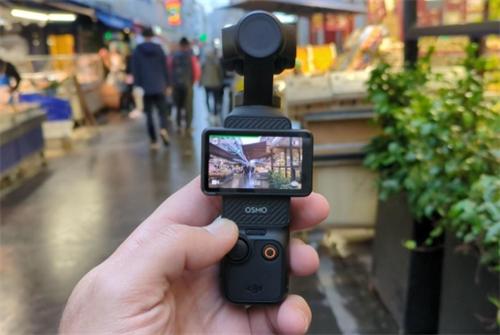The Moon’s 4G Era Is About to Begin: NASA and Nokia Team Up to Build a Lunar Communications Network

In the near future, lunar explorers may be able to stream video and send messages as seamlessly as they do on Earth. NASA and telecommunications giant Nokia are collaborating to establish the first-ever 4G network in space—a groundbreaking step that will provide critical communications support for lunar exploration and future space habitation.
The “Lunar 4G” project is set to send a 4G base station to the Moon’s south pole aboard a SpaceX rocket before the year ends. The specially engineered system is designed to operate autonomously—without the need for on-site technical staff—and to withstand the Moon’s harsh environment, which includes extreme temperature fluctuations from -173°C to 127°C, intense radiation, and a vacuum. Built using commercial off-the-shelf components by Nokia Bell Labs, the 4G unit will be delivered aboard a lander developed by U.S. company Intuitive Machines.
Creating 4G hardware that can function in space is incredibly challenging, noted Walter Engelund, Deputy Associate Administrator for NASA’s Space Technology Mission Directorate. We must ensure the system operates reliably under strict constraints on size, weight, and power consumption in the Moon’s extreme conditions.
The network will link up with two lunar rovers—“Lunar Outpost,” set to investigate the mysterious Shackleton Connecting Ridge, and “Micro-Nova,” which will descend into craters to closely examine lunar ice for the first time. The invaluable data collected will be transmitted to Earth almost in real time via the 4G network, offering crucial insights for future efforts to convert lunar ice into oxygen and rocket fuel.
Dependable cellular connectivity is crucial to NASA’s Artemis mission, which seeks to land astronauts on the Moon again and set up a sustained lunar base by the late 2020s. While astronauts currently rely primarily on radio communications, the growing complexity of lunar missions demands more robust capabilities—including high-definition video transmission and large-scale scientific data exchange.
This isn’t Nokia’s first attempt at lunar communication. In 2018, the company teamed up with a German group of “amateur scientists” to create a 4G network on the Moon and revisit the Apollo 17 site, but the effort ended in failure.. This time, backed by a $14.1 million grant from NASA and in collaboration with the U.S. Defense Advanced Research Projects Agency (DARPA), Nokia’s lunar ambitions stand a much greater chance of success.
Whether it’s long-term human habitation, resource extraction, or autonomous transportation, all activities will require a reliable network infrastructure. Moreover, the technology has promising Earth-based applications as well, offering stable connectivity in extreme environments like polar regions and deserts.
The construction of a 4G network on the Moon marks a new chapter in humanity’s exploration of space. It lays the groundwork for a lunar internet, potentially allowing future Moon inhabitants to use standard smartphones and enjoy Earth-like connectivity. As communication technologies evolve, 5G or even 6G networks could eventually reach the Moon, providing the essential infrastructure to support humanity’s transition into a multi-planetary species. A once science-fiction scenario is now steadily becoming reality—thanks to the partnership between NASA and Nokia.
Recommended for you:








